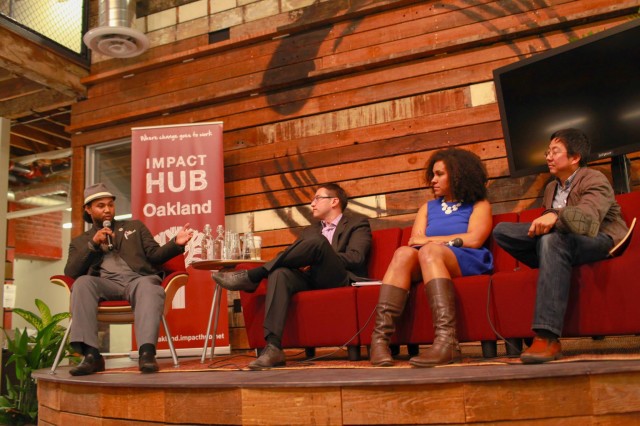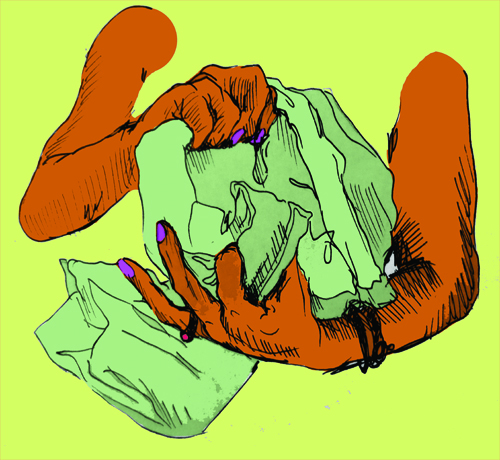Taking Lorde’s 2013 hit “Royals” at face value, the song offers a critique of consumer-oriented capitalism and the cynical culture industry that drives it by juxtaposing the opulent wealth celebrated on Top 40 radio (is that term even meaningful anymore?) with the lived experience of its listeners, who have “never seen a diamond in the flesh” and for whom the life described in those songs is mere “fantasy.” And as was almost immediately pointed out, some of that ish was kinda racist. That is, Lorde makes her case against capital by targeting particular forms of wealth (gold teeth, Cristal, Maybach) that are strongly associated with popular black culture— or at least hip-hop, as one side of it. At best, black culture is collateral damage, and at worst, Lorde allies herself with the forces of white supremacy that claim their power in part by dismissing strategies of survival in black communities.
Now, I’m not about to say that she shouldn’t have known better or that lyrics by a fifteen-year-old are excusable—not to mention the number of other industry workers and executives involved with the song’s production, marketing, et al—because white folks need to be held accountable at every level. But the fact that the song was written not by an American white person, embedded in the particular set of race relations that in part gave historical rise to hip-hop as a cultural form, but by a New Zealander should give us pause. The racialized content of the song reveals the United States’ global cultural imperialism—in how it exports an American version of whiteness, with its sites of racial conflict. Indeed, another arm of that same global imperialism may be responsible for her hometown, at a cultural margin, being “torn up.” Continue reading →





